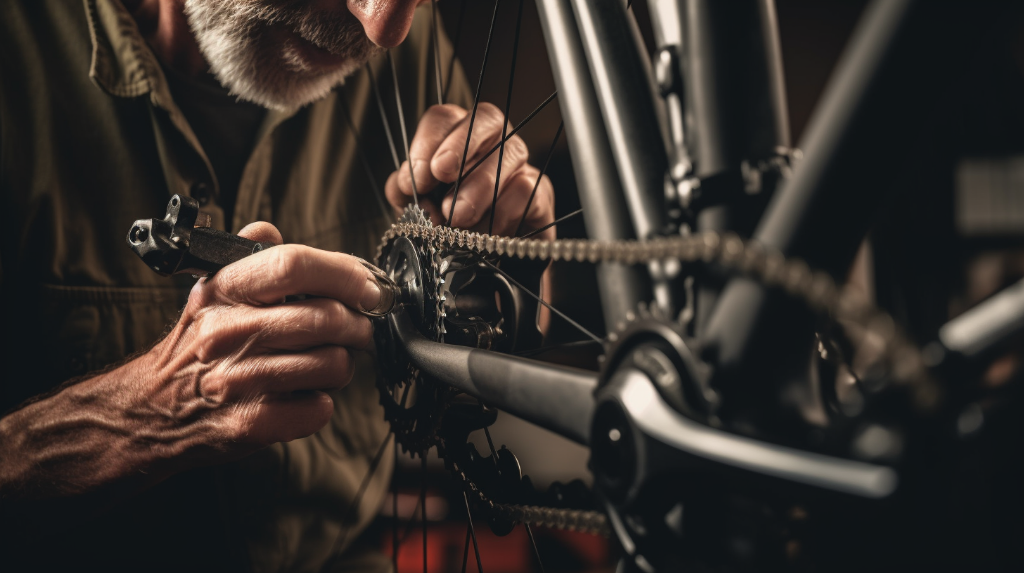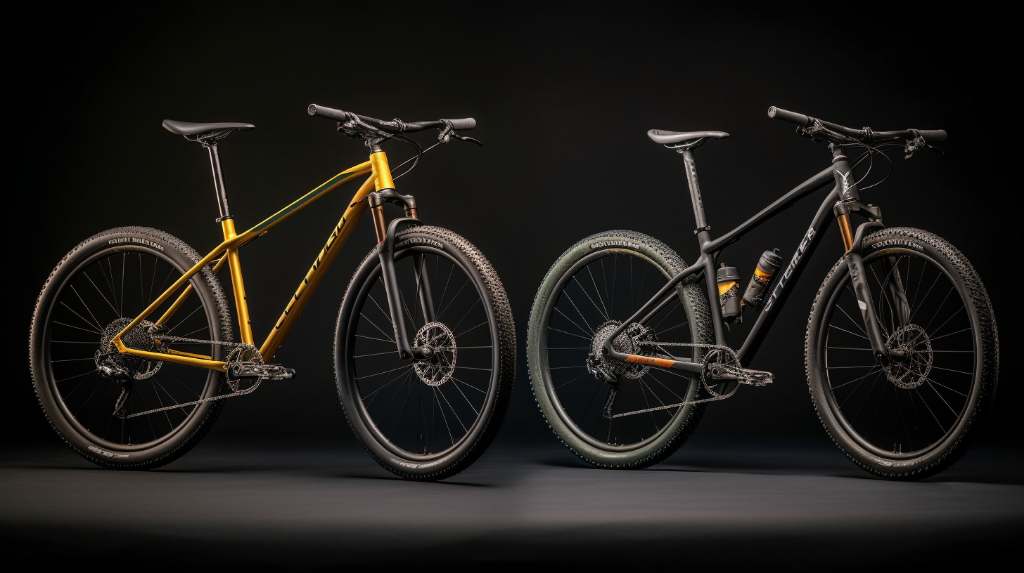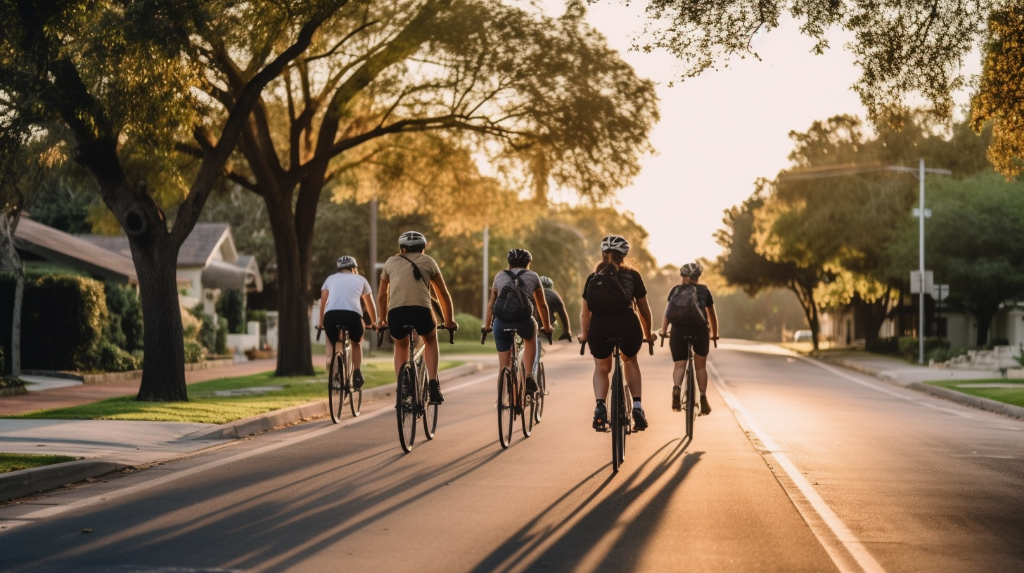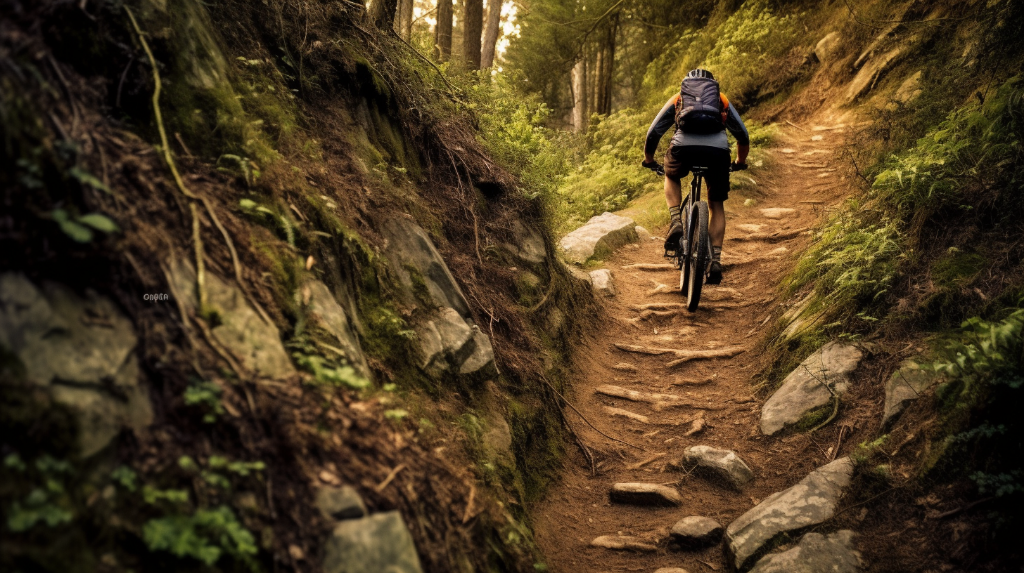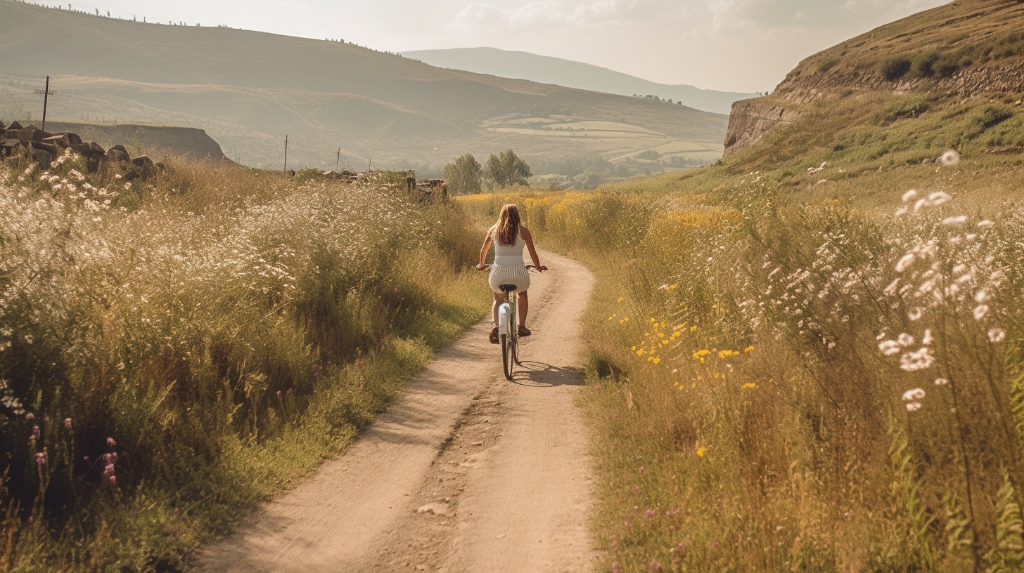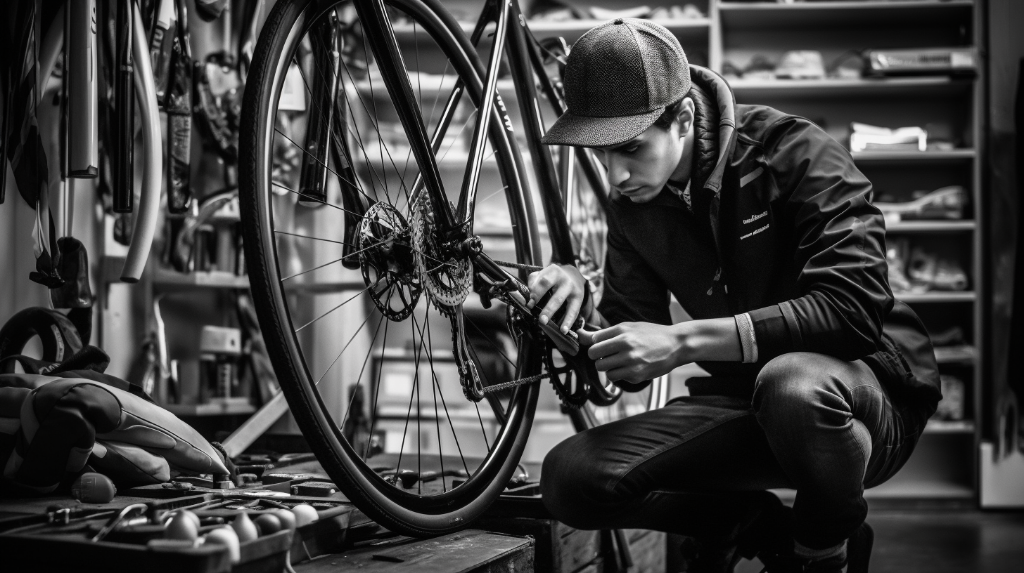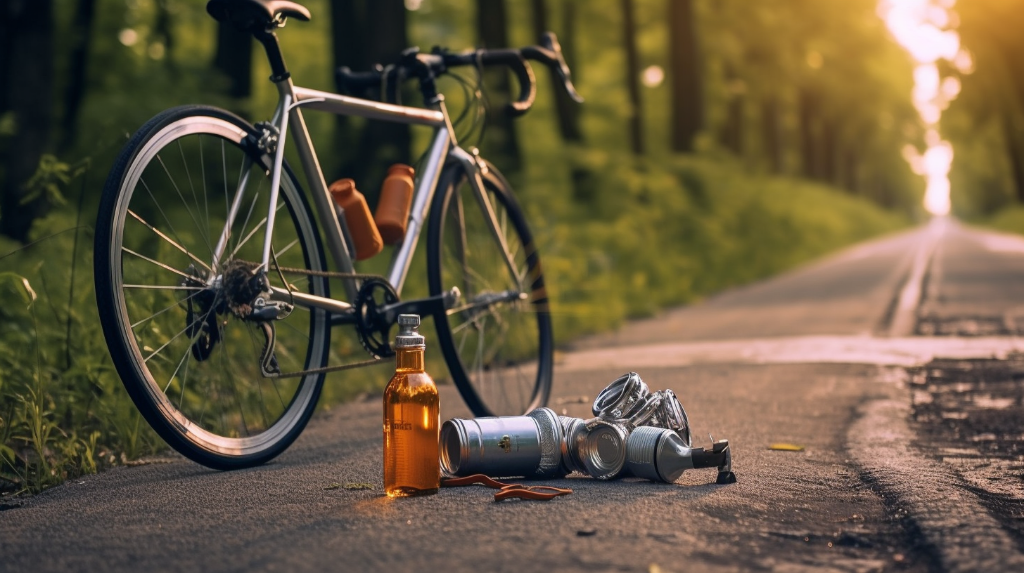A Beginner’s Guide to Bike Brakes
Have you ever considered the importance of the humble bike brake? It’s more than just a lever you pull when you want to stop. Bike brakes are a fundamental aspect of cycling, playing a crucial role in the safety and control of the bicycle. For every cyclist, regardless of skill level, understanding how bike brakes work and how to maintain them is essential. Whether you’re a seasoned pro or just starting out, this guide will give you a comprehensive overview of bike brakes and their functionality.
Imagine cycling down a steep hill without brakes. Sounds terrifying, right? Let’s avoid that scenario and dive right into the fascinating world of bike brakes!
The Role of Brakes in Cycling
What is the role of brakes in cycling, you ask? Well, they play a pivotal role in controlling your speed and maintaining stability. Brakes are your trusted companions during steep downhill rides, enabling you to manage your descent without losing control. And, of course, they’re the heroes that bring your bike to a complete stop when needed, safeguarding you from potential accidents. In essence, bike brakes are your first line of defense when it comes to cycling safety.
Types of Bike Brakes
Now that you understand the importance of bike brakes, it’s time to get to know them a bit better. There are several types of bike brakes commonly found on bicycles today. These include rim brakes, disc brakes, and drum brakes, each with its unique characteristics and functionality.
Rim brakes are the traditional and most common type of bike brake. They work by applying pressure from brake pads directly to the rim of the bicycle’s wheel. Then we have disc brakes, which are gaining popularity for their superior stopping power and reliability, especially in wet conditions. They work by squeezing brake pads onto a disc rotor attached to the wheel hub. Lastly, we have drum brakes. Enclosed within the wheel hub, they are resistant to bad weather and require less maintenance, but are often heavier and provide less stopping power than the other types.
So, which one is the best? Well, it depends on your specific needs and cycling conditions. Each type has its advantages and disadvantages, and understanding these can help you make an informed decision.
Dive into the Mechanism
Ever wondered what’s behind the swift halt when you pull the brake lever of your bike? Or how exactly your bike manages to decelerate smoothly from top speed? Well, it’s all about the intricate mechanism of bike brakes. Each type of bike brake has its unique design and function, contributing to the overall control and safety of your cycling experience.
The Inner Workings of Rim Brakes
Let’s start with the most common type of bike brake, the rim brake. The key components of this system are the brake levers, brake cables, and the brake pads. When you squeeze the brake lever, it tightens the brake cable, which in turn pulls the brake pads towards the rim of the bike wheel. The resulting friction between the brake pads and the wheel rim slows down the bike, eventually bringing it to a stop. The simplicity of this system is what makes it popular among casual cyclists and those who prefer lighter bikes.
The Science Behind Disc Brakes
Next up, we have disc brakes. These are typically found on mountain bikes and high-performance road bikes. Disc brakes consist of a metal disc, or “rotor,” attached to the wheel hub, and a brake caliper that holds the brake pads. When you apply the brake, hydraulic fluid or a cable forces the brake pads onto the rotor, creating friction and slowing down the bike. The materials used to make disc brakes are usually more durable than those used in rim brakes, which is why they’re the go-to choice for rugged terrains and extreme cycling conditions.
Pros and Cons of Each Type
Choosing the right type of brake for your bike depends on several factors, including your biking style, the terrain you usually ride on, and your budget. Let’s take a look at the advantages and disadvantages of each type of brake to help you make an informed decision.
| Type of Brake | Pros | Cons |
|---|---|---|
| Rim Brakes | Lightweight, easy to maintain and repair, less expensive | Less effective in wet or muddy conditions, can wear out the wheel rim over time |
| Disc Brakes | Excellent in all weather conditions, long-lasting, more stopping power | Heavier, more expensive, harder to repair |
| Drum Brakes | Protected from dirt and water, durable | Can be heavy, not as efficient as other types |
Essential Maintenance Tips
Have you ever thought about how essential it is to maintain your bike brakes regularly? After all, they’re the key to your safety on the road. Whether you’re a casual rider or a seasoned cyclist, keeping those brakes in top shape should be your top priority. And guess what? You don’t need to be a professional mechanic to do it!
Knowing how to take care of your brakes not only ensures your safety but also saves you money in the long run. Regular maintenance can prevent serious damage and costly replacements. So, are you ready to get your hands a little dirty?
A List of Maintenance Tips for Each Type of Brake
- Rim brakes: Keep the brake pads and the rim surface clean. Also, inspect the brake pads for wear regularly. Replace them if you see any deep grooves or if they’ve become too thin.
- Disc brakes: Clean the rotor with a specific disc brake cleaner to get rid of dirt and oil. Also, check the brake pads for uneven wear or contamination. Remember to replace the brake pads if needed.
- Drum brakes: Regularly check the brake cables for any signs of fraying or damage. Also, lubricate the pivot points to ensure smooth operation.
DIY Brake Adjustment
It’s a sunny day, and you’re all set for a bike ride. But wait, something feels off. Your bike isn’t stopping as quickly as it should. Sounds familiar? It’s probably time to adjust your brakes.
Don’t worry, adjusting your bike brakes is not as daunting as it sounds. With a few simple steps, you can ensure optimal performance and safety. So, what are you waiting for? Let’s get started!
A List of Steps for Adjusting Each Type of Bike Brake
- Rim brakes: First, loosen the brake cable bolt. Squeeze the brake lever to see how much movement there is before the brake engages. Adjust the cable tension and re-tighten the bolt. Check the brake pads’ alignment with the rim and adjust if necessary.
- Disc brakes: Loosen the caliper bolts slightly. Squeeze the brake lever and hold it while you re-tighten the bolts. This centers the caliper over the rotor. If the brakes still feel spongy, you might need to bleed the brake system.
- Drum brakes: Adjust the brake cable tension at the brake lever. If the brake feels too tight or too loose, adjust the tension accordingly. Also, make sure the brake shoes are in good condition and replace them if they are worn out.
Shopping for Bike Brakes
Have you ever found yourself puzzled in a bike shop, wondering what kind of brakes to get for your bicycle? Worry no more, because in this section, we’ll give you some insights on what to look for when buying bike brakes.
First off, understanding your biking style is crucial. Are you an urban rider, a mountain biker, or a road cyclist? Each riding style requires a specific type of brake for optimal performance. For instance, if you’re into mountain biking, disc brakes might be your best bet due to their excellent performance in muddy or wet conditions. On the other hand, if you’re a casual urban rider, rim brakes could be more than enough for your needs.
Next, don’t forget to consider the longevity and maintenance of the brakes. Some brakes, like disc brakes, might require less frequent maintenance, while others, like rim brakes, might need more regular attention. Think about how much time and effort you’re willing to put into brake maintenance when making your decision.
Lastly, always ask questions. Don’t hesitate to ask the salesperson about the pros and cons of each brake type, their compatibility with your bike, and the cost of maintenance. Remember, there’s no such thing as a silly question when it comes to your safety!
Wrap-up: Your Bike’s Braking System
And there you have it! We’ve journeyed through the fascinating world of bike brakes, understanding their crucial role in cycling, how different types work, their pros and cons, and how to maintain them. You’re now equipped with the knowledge to enhance your biking experience and safety.
But remember, learning doesn’t stop here. It’s always beneficial to further educate yourself about bike maintenance and safe biking practices. There are countless resources available online, from tutorial videos to in-depth articles and forums where you can interact with other biking enthusiasts.
So why not take this newfound understanding of bike brakes and use it to elevate your cycling experience? After all, a well-maintained bike is a joy to ride, and knowing that your brakes are reliable can give you the confidence to tackle any trail or road ahead. Isn’t that what biking is all about?
